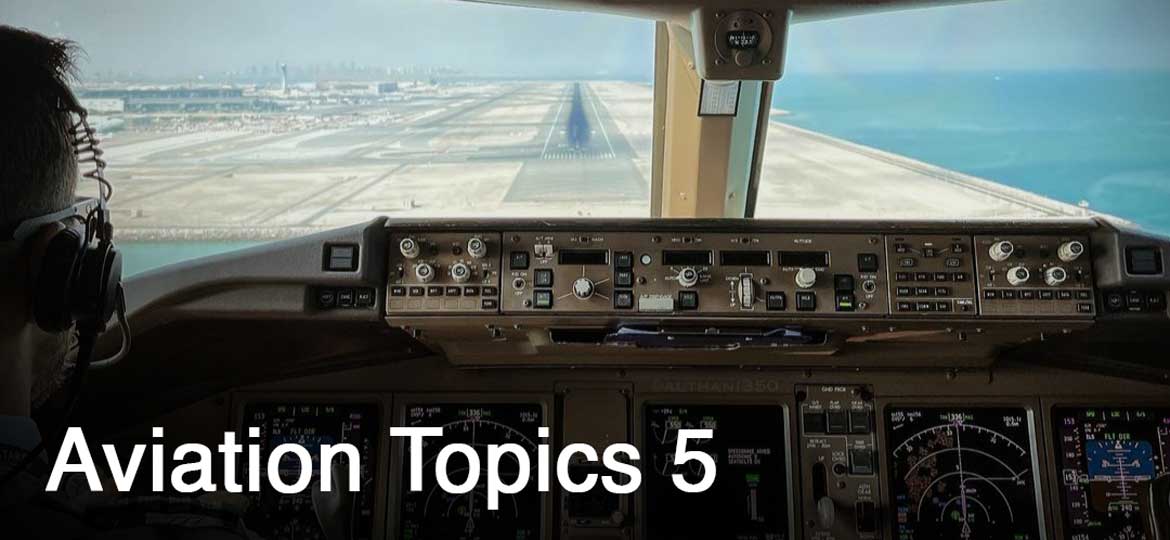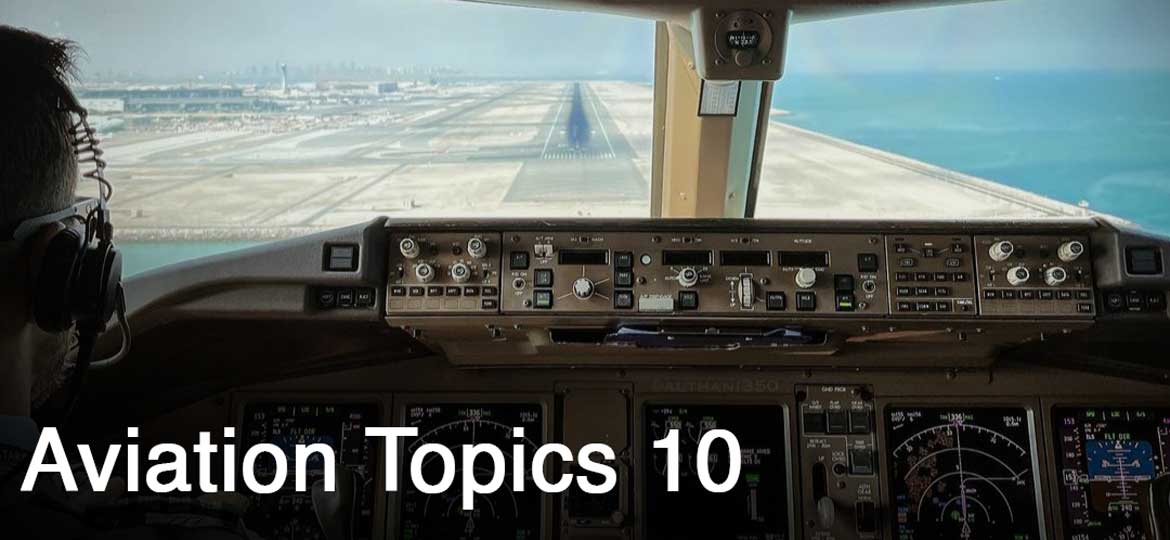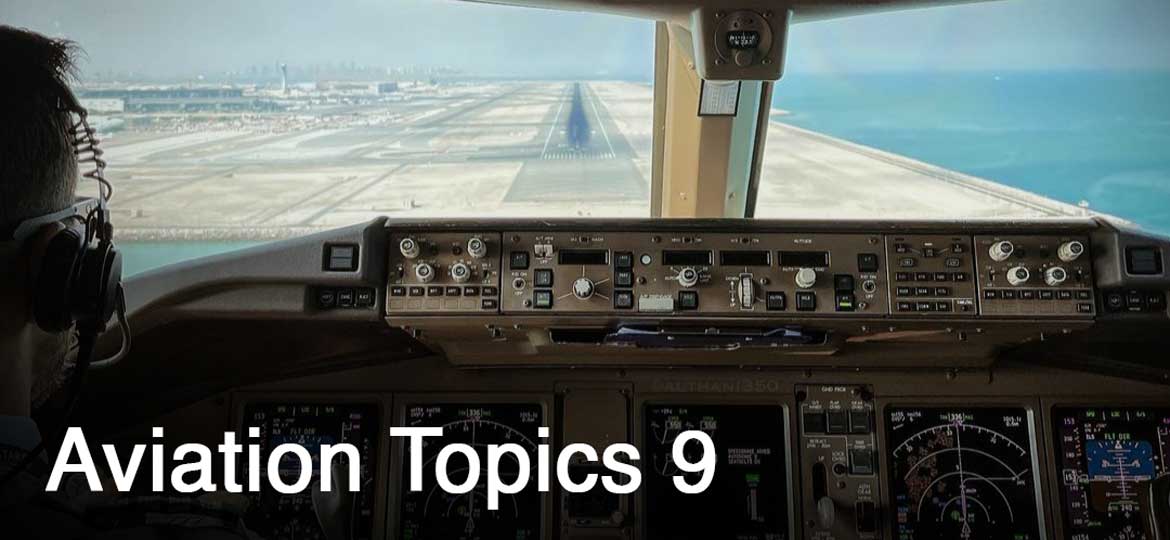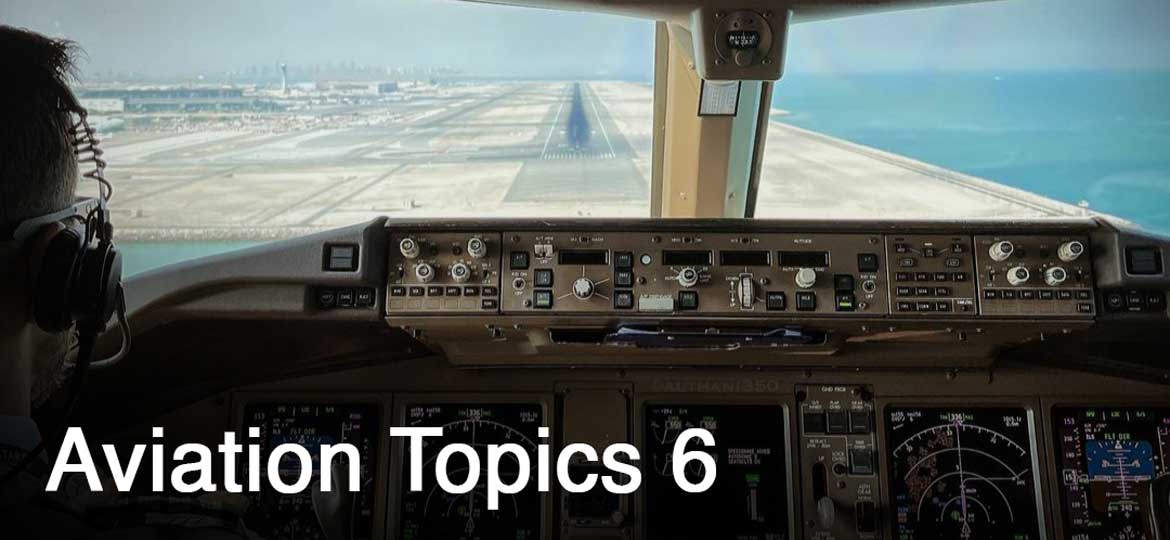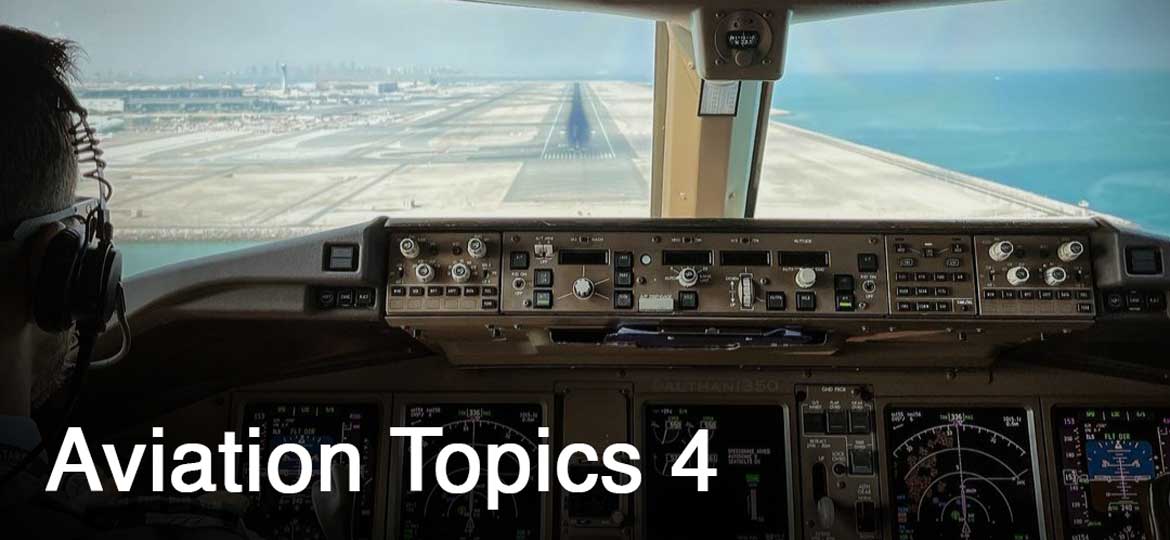Part One: “Aviation Topics”. In this part, you have to answer questions related to aviation. You have one to two minutes for answering each question. Don’t worry if I interrupt you. I’ll tell you when the time is up.
Question 5.1
What are the pilots’ main responsibilities after landing?
ICAO 4:
The pilots are responsible for taxiing to the gate safely, following the after landing checklist correctly and communicating with the controller clearly until shutting down the engines.
ICAO 5:
After landing, pilots have several important responsibilities to ensure the safe and efficient operation of the aircraft:
Obviously, when cleared, they must vacate the runway immediately and taxi to the parking area or gate, communicating and following ATC instructions.
Other than that, they must take some measures relevant to this phase, according to the Company’s Standard Operating Procedure or Aircraft Pilot’s Operating handbook.
Once the aircraft arrives at the parking area, pilots go through a series of shutdown procedures. This involves shutting down the engines, shutting down various systems, and securing the aircraft to park.
Question 5.2
What were the main features of the first aircraft you flew?
ICAO 4:
The first aircraft I flew was an Uirapuru, known as Zarapa, an old and very small single reciprocating engine aircraft used only for local flight instructions. It carried two people on board and had very basic flight instruments. It was very slow, very noisy and was barely able to climb but at least, it was very easy to fly.
ICAO 5:
The first aircraft I flew was an Uirapuru, also known as a Zarapa.
It was an old and very small aircraft with a reciprocating engine that was only used for local flight instructions.
It could only carry two people on board and was equipped with a very basic set of flight instruments.
Also, she was very slow, very noisy, and barely able to climb, but at least she was very easy to fly.
She was definitely a milestone for my career.
Question 5.3
What do you think will change in relation to pilots’ training in the next few years?
ICAO 4:
I think there will be some changes in the pilot’s training in the next few years, for example: the duration of it, in my opinion it will be quicker, more technological and modern, preparing a higher number of pilots for the big future demand.
ICAO 5:
I can speculate on possible changes based on trends and advancements in the aviation industry.
With the increasing use of automation and advanced systems in modern aircraft, pilots may receive enhanced training on operating and managing these technologies.
Additionally, this could involve simulated scenarios, augmented reality (AR) or virtual reality (VR) training modules, and advanced cockpit simulations to improve pilots’ proficiency in handling automated systems.
Integration of Artificial Intelligence (AI): AI could play a larger role in pilots’ training, particularly in areas such as decision-making, risk assessment, and emergency procedures.
And not forgetting the Integration of Remote and Virtual Training: Advancements in remote learning and virtual training technologies may lead to increased utilization of these methods in pilot training by providing flexibility and cost-effectiveness, allowing pilots to access training materials and participate in interactive sessions from various locations.
Se você gostou desse post do Call to Fly, divulgue utilizando os canais de Mídia!!
Abraço!! Rumo ao topo!
Leandro Araujo
